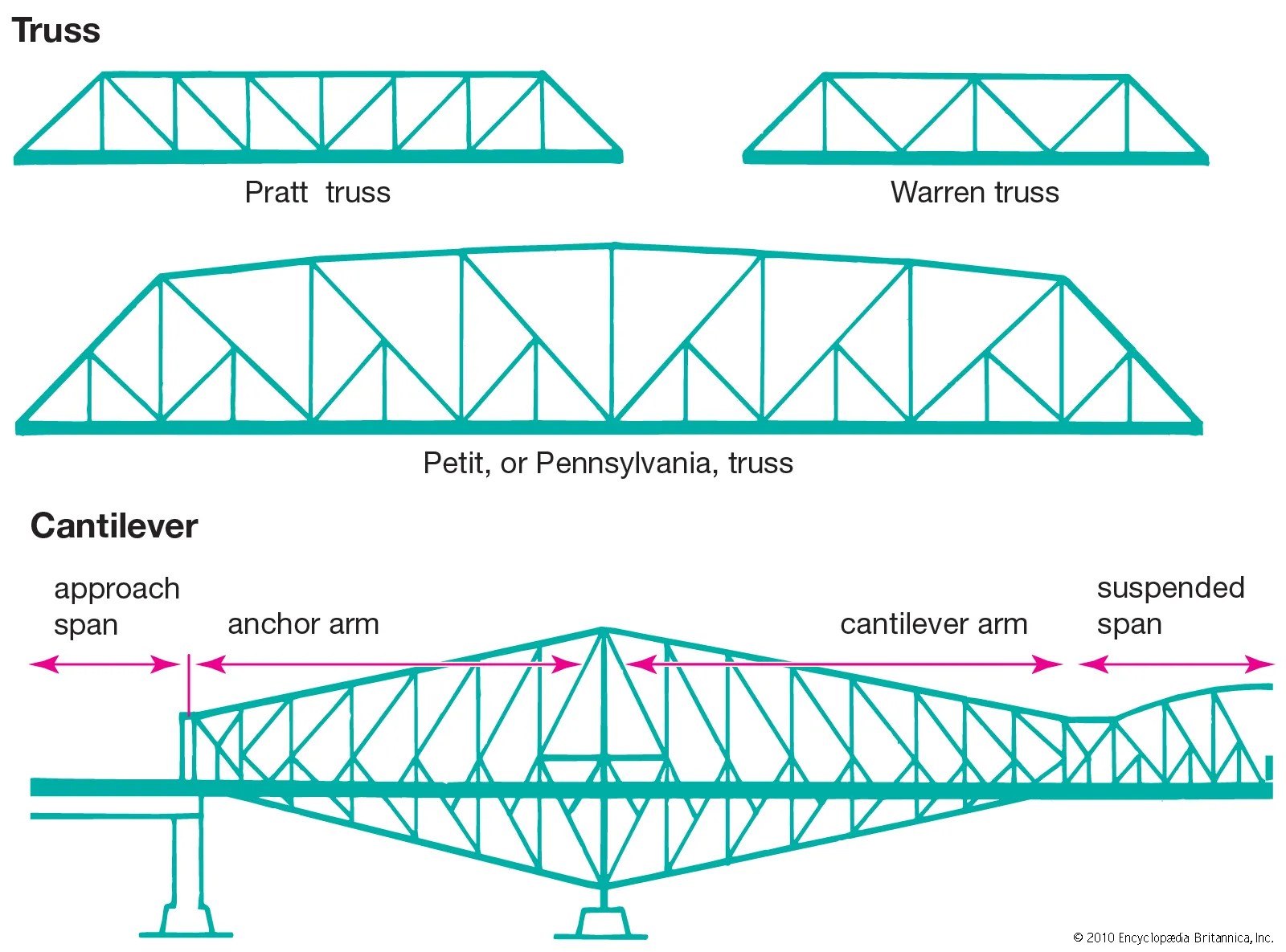Need to replace a missing tooth? A cantilever dental bridge might be a solution. This guide provides essential information about cantilever bridges, including how they work, their cost, and what the procedure entails. We’ll also explore the pros and cons to help you decide if this is the right choice for you.
Understanding Cantilever Bridges
A cantilever bridge is a fixed dental prosthetic that replaces a single missing tooth. Unlike traditional bridges that rely on two adjacent teeth for support, a cantilever bridge anchors to just one neighboring tooth, called the abutment tooth. The replacement tooth, known as the pontic, extends from the crown placed on the abutment tooth. This design is often chosen when only one adjacent tooth is healthy enough or available to support the bridge. It’s most often used for replacing front teeth or premolars where biting forces are generally less intense.
Getting a Cantilever Bridge: The Procedure
The process of getting a cantilever bridge typically involves several steps:
1. Examination and Planning
Your dentist will thoroughly examine your mouth, assessing the health of the abutment tooth and the surrounding tissues. This helps determine if a cantilever bridge is suitable for your situation.
2. Preparation
If a cantilever bridge is deemed appropriate, the dentist will reshape the abutment tooth to accommodate a crown. Impressions of your teeth will be taken to create a precisely fitting bridge.
3. Temporary Bridge Placement
While your permanent bridge is being fabricated in a dental lab, a temporary bridge will be placed. This fills the gap, protects the prepared tooth, and allows you to get accustomed to the feel of a bridge.
4. Permanent Bridge Placement
Once the permanent bridge is ready, you’ll return to the dentist. The temporary bridge is removed, and the custom-made permanent bridge is securely cemented onto the prepared abutment tooth.
Weighing the Pros and Cons
Like any dental procedure, cantilever bridges have advantages and disadvantages:
Pros
- Less Invasive: Compared to traditional bridges, cantilever bridges often require less preparation of the supporting tooth, preserving more of your natural tooth structure.
- Preserves Natural Teeth: This less invasive approach helps maintain the integrity of your existing teeth.
- Relatively Quick: The overall procedure is usually quicker than alternatives like dental implants.
- Cost-Effective: Cantilever bridges are generally less expensive than implants, making them a more accessible option for some individuals.
Cons
- Not Ideal for Back Teeth: Cantilever bridges are generally not recommended for molars due to the higher chewing forces in the back of the mouth. The bridge may not withstand these forces over time.
- Stress on the Abutment Tooth: Because the bridge is supported by only one tooth, it might place additional stress on the abutment tooth. This could potentially lead to complications like fractures.
- Aesthetics: While usually aesthetically pleasing, a cantilever bridge’s appearance might not be as natural as other options in certain situations.
- Higher Risk of Complications: Compared to implants, cantilever bridges may have a slightly increased risk of complications such as debonding (the bridge coming loose) or fracture of the abutment tooth. Good oral hygiene and regular dental checkups can help mitigate these risks.
How Long Do Cantilever Bridges Last?
The lifespan of a cantilever bridge can vary, typically ranging from 5 to 15 years, and possibly longer with excellent oral hygiene. A study suggests an 81.8% success rate after a decade. Several factors influence a bridge’s longevity:
- Oral Hygiene: Meticulous oral hygiene, including brushing, flossing, and regular dental visits, is crucial for maintaining the health of the bridge and the abutment tooth.
- Material Quality: The materials used in the bridge’s construction impact its durability.
- Abutment Tooth Health: The health and stability of the abutment tooth directly affect the long-term success of the bridge.
Exploring Alternatives
Several alternatives to cantilever bridges exist:
- Traditional Bridges: Supported by two adjacent teeth, these bridges offer greater stability.
- Maryland Bridges (Resin-Bonded Bridges): A less invasive option involving metal wings bonded to the backs of adjacent teeth.
- Dental Implants: Considered the gold standard for tooth replacement, implants provide superior stability and longevity, although they are typically more expensive.
Cost of Cantilever Bridges
The cost varies depending on factors like materials (porcelain, metal alloys, or a combination), location, and your dentist’s fees. While generally less expensive than implants, they are usually more costly than resin-bonded bridges. Discuss cost and insurance coverage with your dentist.
Caring for Your Cantilever Bridge
Maintaining your cantilever bridge is similar to caring for your natural teeth:
- Regular Brushing and Flossing: Essential for removing plaque and food particles.
- Specialized Cleaning Tools: Your dentist might recommend interdental brushes or floss threaders to clean effectively around the bridge, particularly under the pontic.
- Regular Dental Checkups: Regular visits allow your dentist to monitor the bridge’s health and address any potential issues early on.
- Avoid Chewing Hard or Sticky Foods: Minimize stress on your bridge by avoiding extremely hard or sticky foods.
Why a Cantilever Bridge Might Not Be Recommended
While cantilever bridges are a viable option in certain cases, they have limitations:
- Uneven Force Distribution: The single-sided support can concentrate biting forces on the abutment tooth, potentially increasing the risk of damage or fracture.
- Not Suitable for Back Teeth: The higher chewing forces on molars make cantilever bridges generally unsuitable for these teeth.
- Higher Risk of Failure: Compared to other options like traditional bridges or implants, cantilever bridges may have a higher risk of debonding or other complications.
Ongoing Research and Future Directions
Dental research is constantly evolving. While cantilever bridges are currently a reliable option, advancements in implant technology might lead to implants becoming even more prevalent in the future. Discuss the latest options with your dentist to determine the best solution for your individual needs.
Disclaimer: This information is for educational purposes only and does not substitute professional dental advice. Consult with your dentist to determine the most appropriate treatment plan for your specific situation.
For further information on wrist health, download our free PDF guide on carpal tunnel exercises pdf.
If you’re experiencing skin concerns, visit Complete Dermatology in Sugar Land Sugar Land TX for expert care.
- Bento Box Shopping Tips for Smart and Stylish Lunch Prep - December 14, 2025
- Bento Box Trays Streamline Restaurant Meal Presentation and Transport - December 13, 2025
- Plastic Bento Boxes Face Scrutiny Over Sustainability Impacts - December 11, 2025










